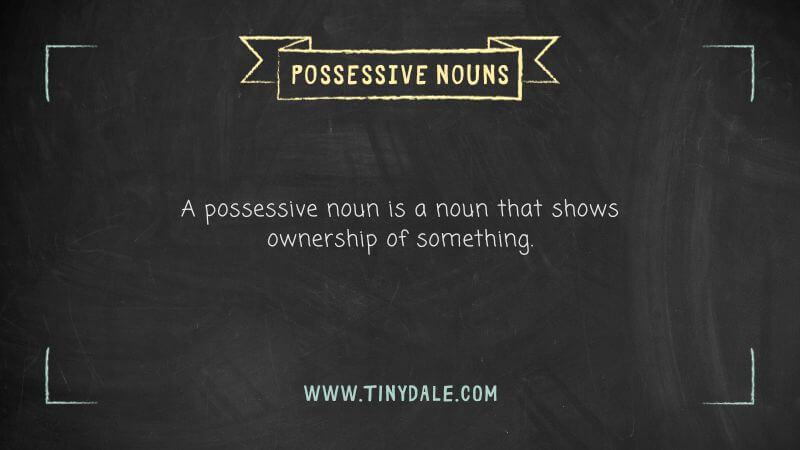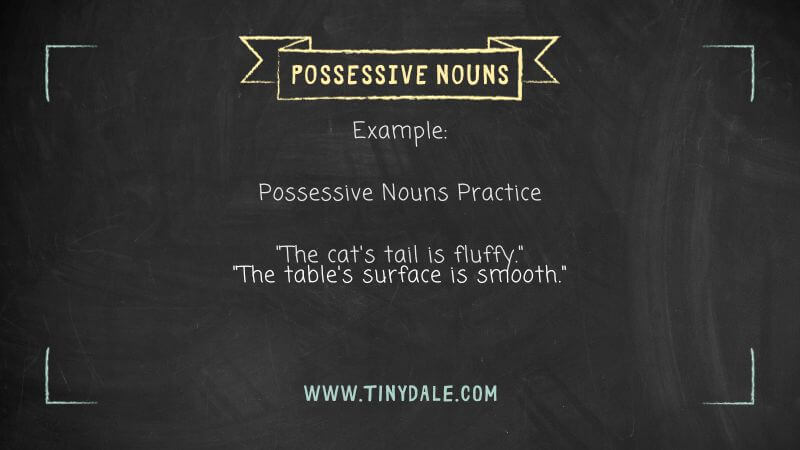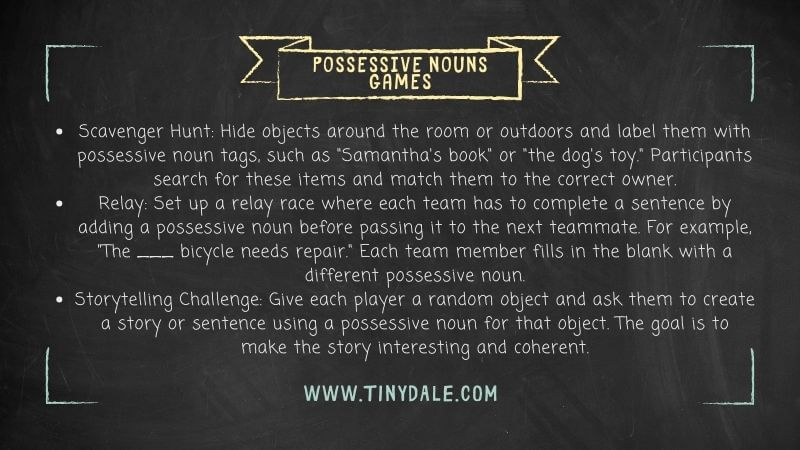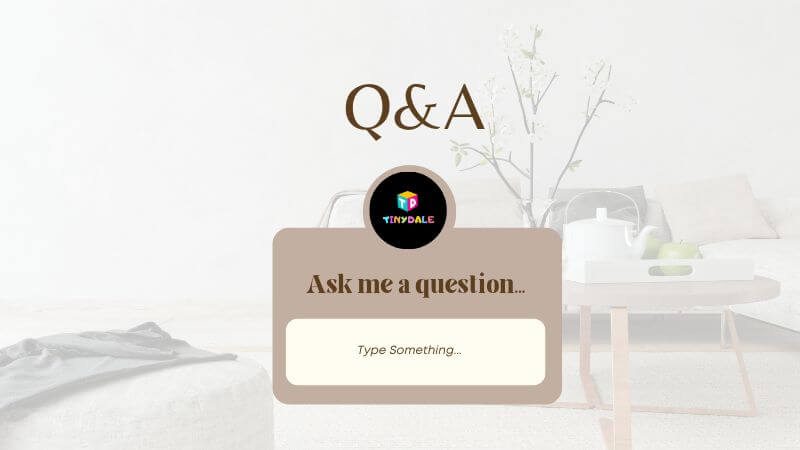Possessive nouns play a crucial role in language, indicating ownership and relationships. In this article, we explore their usage, rules, and examples to enhance your grasp of this essential grammatical concept. Source
What Are Possessive Nouns?
Possessive nouns demonstrate ownership or relationships by adding an apostrophe and an “s” (‘s) to a noun. They indicate who or what possesses something.
For example, “John’s car” shows that the car belongs to John. These can also be used with inanimate objects, like “the book’s cover.” Understanding these nouns is essential for clear communication in written and spoken English. Source
Possessive Nouns Practice
- Write three sentences using possessive nouns to indicate ownership (e.g., “The cat’s tail is fluffy.”).
- Create a list of five possessive nouns for inanimate objects (e.g., “The table’s surface is smooth.”).
- Rewrite the following sentences with possessive nouns:
- “The bike that belongs to my sister is blue.”
- “The school that the children attend is excellent.”
- Identify the possessive nouns in the following paragraph and explain their role in each sentence.
- Compose a short paragraph (3-4 sentences) using possessive nouns to describe a favorite possession or a family member’s belongings.
Possessive Noun Games
Engaging in possessive noun games can make learning grammar more enjoyable and effective. Here are some fun possessive noun games for individuals or small groups:
- Scavenger Hunt: Hide objects around the room or outdoors and label them with possessive noun tags, such as “Samantha’s book” or “the dog’s toy.” Participants search for these items and match them to the correct owner.
- Relay: Set up a relay race where each team has to complete a sentence by adding a possessive noun before passing it to the next teammate. For example, “The ___ bicycle needs repair.” Each team member fills in the blank with a different possessive noun.
- Storytelling Challenge: Give each player a random object and ask them to create a story or sentence using a possessive noun for that object. The goal is to make the story interesting and coherent.
Plural Possessive Nouns
- For plural nouns not ending in “s”:
- Add an apostrophe and “s” to the plural form. Example: The women’s club meets on Saturdays.
- For plural nouns already ending in “s”:
- Add only an apostrophe after the “s.” Example: The teachers’ lounge is quiet.
- For irregular plurals (plural forms that don’t follow typical rules):
- Treat them the same as plural nouns not ending in “s” by adding an apostrophe and “s.” Example: The children’s toys are colorful.
- For compound nouns:
- Make the last word in the compound noun possessive. Example: My brothers-in-law’s car is in the garage.
Examples Of Possessive Nouns
- Singular Possessive Nouns:
- The teacher’s book is on the desk.
- My dog’s favorite toy is the squeaky ball.
- She admired her friend’s artwork.
- Plural Possessive Nouns:
- The students’ notebooks are filled with notes.
- The birds’ nests were perched high in the trees.
- Our parents’ anniversary is next week.
- with Irregular Plurals:
- The children’s laughter echoed through the playground.
- The women’s soccer team won the tournament.
- His men’s clothing store is famous for its suits.
- in Compound Form:
- My sister-in-law’s car is in the shop.
- The President of the United States’ address was broadcasted live.
- Their mother-in-law’s cooking is always delicious.
- with Inanimate Objects:
- The car’s engine was making a strange noise.
- The sun’s rays warmed the earth.
- The book’s cover was beautifully designed.
Frequently Asked Questions
What are the 7 possessive nouns?
The 7 are:
- mine
- ours
- yours
- his
- hers
- its
- theirs.
What are 10 possessive examples?
Some of the examples are:
- my,
- mine,
- our,
- ours,
- its,
- his,
- her,
- hers,
- their,
- theirs,
- your
- yours.
What are the 4 rules of possessive nouns?
- Rule 1: Add Apostrophe Plus “S” for Singular Possessive Nouns.
- Rule 2: Add Apostrophe After “S” for Plural Possessive Nouns.
- Rule 3: “It” Doesn’t Require an Apostrophe.
- Rule 4: Hyphenated and Compound Nouns.
To know the rules in detail go check it here.
What are some examples of possessive?
Possessive adjectives include his, her, my, its, your, and their.
What are the 2 types of possessive nouns?
- singular possessive nouns,
- plural possessive nouns,
- possessive pronouns
- irregular possessive nouns.
How do you write two possessive nouns?
Add an apostrophe and an “s” after each possessive noun.
How do you explain possessive nouns to kids?
How do you identify possessive nouns?
A possessive noun is a noun that shows ownership of something. Possessive nouns are commonly created with the addition of an apostrophe and ‘s’ at the end of a noun. For example: This is the cat’s toy. Source
How do you teach possessive nouns?
What is the difference between plural and possessive nouns?
The possessive is the form of a noun that indicates ownership. The plural is the form of the noun that indicates more than one thing. Source
What are possessive nouns for grade 1?
What is the possessive noun of cow?
cow’s.
What is the possessive noun of dogs?
Just place the apostrophe after the s: the dogs’ bone.
What is the possessive noun of deer?
The possessive form of the noun deer is deer’s (in both singular and plural).
Summary!
Possessive nouns add depth to language, conveying ownership and connections. Mastering their usage enhances communication. Embrace them to enrich your writing and express relationships effectively.
Also Read: 100 Popular Yellow Flower Names
Tinydale is on YouTube, Click here to subscribe for the latest videos and updates.
Follow Us: Facebook | Instagram | Twitter | Youtube | Pinterest




